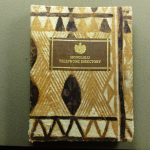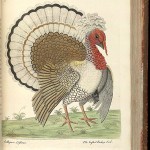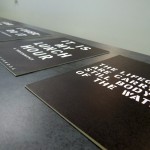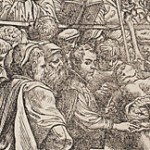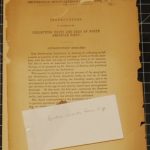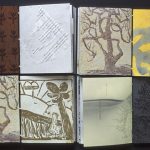
On Friday, September 28th, the Hirshhorn Museum and Sculpture Garden’s Head Librarian Anna Brooke gave a presentation at the NY Art Book Fair’s Contemporary Artists’ Books Conference on how artists’ books can be used in conjunction with a museum’s collection to provide greater insight into an artist’s body of work. Work studies student Lauren Zook, currently enrolled in the George Mason – Smithsonian collaborative masters program for decorative arts, aided in developing the presentation and has written a summary of it for our blog.
The Hirshhorn Museum and Sculpture Garden Library has acquired an unusual type of book—the artist’s book. Some of these books are mass publications and others are unique and vary in size and shape. A new initiative has been made by the Smithsonian Libraries to make these artists’ books more accessible to the public and protect them from damage. Most of the artists’ books at the Hirshhorn Library were produced by artists represented in the museum’s collection. These artists’ books can provide new insight to an artist’s work, show similar themes, and can even be shown in galleries as autonomous works of art.

